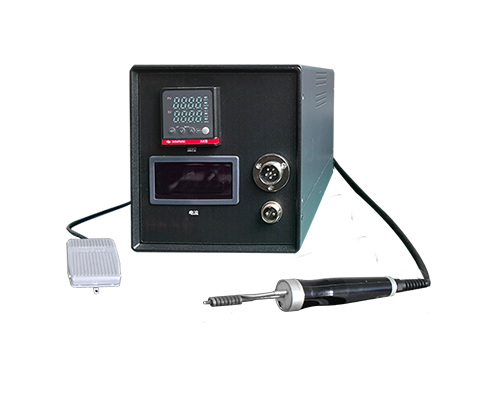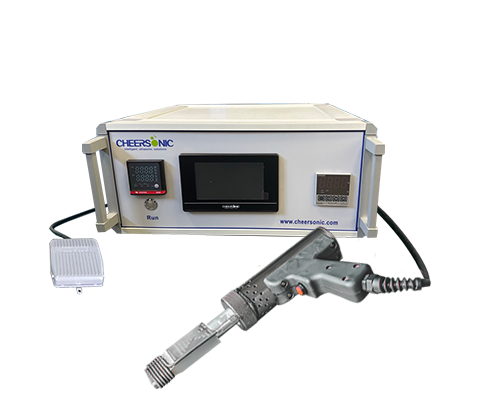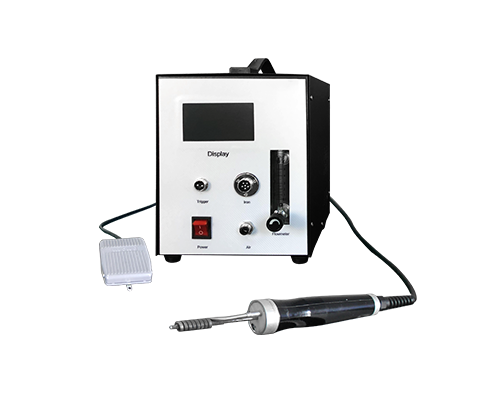In the microscopic world of MEMS chips, wire bonding is the lifeline connecting the chip's internal circuitry to the external substrate, and ultrasonic technology is the core force behind this precision connection. Wire bonding, which accounts for over 90% of the internal connections within MEMS packages, requires atomic-level interconnection using metal wires with diameters as small as 18 to 50 μm. The introduction of ultrasonic technology has significantly improved the reliability of this micron-level operation.
The core principle of ultrasonic bonding lies in the synergistic effect of high-frequency vibration and pressure. The device generates high-frequency vibrations of 20 to 120 kHz using components such as quartz crystals. These vibrations are transmitted to the welding tool via metal sensors, causing microscopic friction between the metal wires at the bond point. This vibration effectively breaks down oxide layers and contaminants on the metal surface, allowing the pure metal interface to form close contact. Pressure simultaneously induces plastic deformation, ultimately achieving a metallurgical bond. Unlike traditional thermal compression bonding, ultrasonic bonding does not require high temperatures to complete the connection, significantly reducing the risk of thermal stress damaging the delicate MEMS structure.

Ultrasonic technology demonstrates unique advantages in the complex applications of MEMS chips. For sensitive thin films in pressure sensors, ultrasonically assisted low-temperature bonding processes can prevent thermally induced zero-point drift. In devices with movable masses, such as accelerometers, precisely controlled ultrasonic energy can reduce impact on delicate suspension structures. For the high-frequency signal transmission requirements of RF MEMS switches, ultrasonic bonding enables short leads, low arc height, and precision connections, minimizing the effects of parasitic inductance and capacitance.
Process optimization is key to ensuring ultrasonic bonding is suitable for MEMS characteristics. Regarding lead material selection, gold wire ultrasonic bonding has become the mainstream due to its stability, while aluminum wire can be used at low cost through room-temperature ultrasonic bonding. Although copper wire requires higher ultrasonic energy, it can meet the needs of mid- and low-end applications. Parameter control is equally stringent: solder ball size must be precisely controlled to 1.5 to 4 times the wire diameter, the spacing between adjacent pads must be no less than 25μm, and the ultrasonic amplitude must be stable within the 4 to 5 micron range to ensure both connection strength and device safety.
As MEMS technology evolves toward higher density and higher reliability, ultrasonic bonding continues to advance. The thermosonic composite process combines low-temperature heating at 100-150°C with ultrasonic energy, achieving bond strengths exceeding 100 MPa, meeting the demands of demanding applications such as aerospace. In the field of fine-pitch packaging, ultrasonic technology has achieved stable bonding at pitches below 35μm, providing core support for the miniaturization and multifunctionality of MEMS chips.
From fundamental principles to practical applications, ultrasonic technology has been deeply integrated into every step of MEMS wire bonding, becoming the invisible cornerstone for ensuring the performance and reliability of these precision devices.





